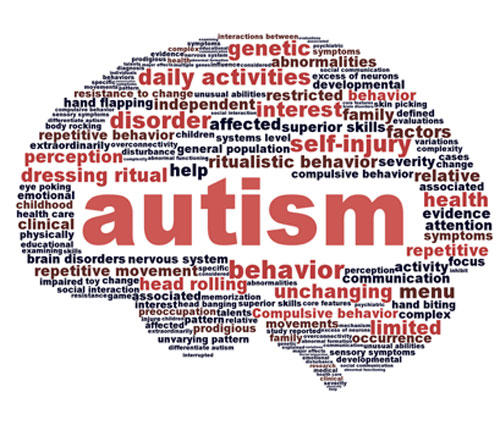BIOPAC and Autism Research
 BIOPAC solutions have been used in a variety of cognitive studies, many pertaining to autism research. We have collected a series of studies focusing on autism based research using BIOPAC systems:
BIOPAC solutions have been used in a variety of cognitive studies, many pertaining to autism research. We have collected a series of studies focusing on autism based research using BIOPAC systems:
Discourse and fNIR: Since discourse is a commonly occurring communication act, it is a focus of treatment for individuals with cognitive communication disorders. Michael S. Cannizzaro, et al. sought to understand the underlying processing demands of discourse. The researchers used a BIOPAC fNIR100 16-channel system to monitor changes in oxygenated and deoxygenated blood flow as participants attempted to read sentences, construct narratives, and create discourse in response to visual stimuli. Read the full study.
VR Simulator for Autism Intervention: The advancement of computer technology has allowed for intervention for children with Autism Spectrum Disorder (ASD). Many of these do not have feedback from participants however thus preventing further system adaptation. Dayi Bian, et al. created a Virtual Reality driving simulator with physiological measures to test for level of engagement. The researchers used BIOPAC Hardware API and a MP150 system to create a customized physiological data acquisition program that recorded PPG, GSR and respiration. Read the full experiment.
RSA in Adults with Autism: Autism Spectrum Disorders are a major health concern in the US, so it is important to understand what physiological factors may be related. Arielle Bowers looked at how respiratory sinus arrhythmia (RSA) activity is correlated to a lack of social communicative skills relating to social cognition. A BIOPAC MP150 data acquisition system recorded ECG to measure resting RSA levels while participants completed a 3-minute paced breathing task. Read the full paper.
View these studies and more by visiting the BIOPAC Publication Page.
For any questions regarding BIOPAC solutions and integrating them with autism-related research, contact your local BIOPAC representative.
Stay Connected